Mizen Head, at Ireland’s south-western extremity
Mizen Head, at Ireland’s south-western extremity
An award-winning Maritime Museum and Heritage Attraction, this authentic all-weather experience is a must-see with its spectacular location on high cliffs with swirling Atlantic Ocean tides. From the Car park and Visitor Centre, the Signal Station is a ten-minute walk along the path, down the 99 steps and across the Arched Bridge, the Mizen is famous for its wildflowers and sightings of wildlife, dolphins, whales, seals, gannets, kittiwakes, choughs – the bird migration north-south flight path is just a mile offshore.
An award-winning Maritime Museum and Heritage Attraction, this authentic all-weather experience is a must-see with its spectacular location on high cliffs with swirling Atlantic Ocean tides. From the Car park and Visitor Centre, the Signal Station is a ten-minute walk along the path, down the 99 steps and across the Arched Bridge, the Mizen is famous for its wildflowers and sightings of wildlife, dolphins, whales, seals, gannets, kittiwakes, choughs – the bird migration north-south flight path is just a mile offshore.
A ticket is required to access this place
A ticket is required to access this place
Mizen Head was built in 1909 and was originally just a fog signal station. Permission was given by the Board of Trade for a Lighthouse and fog signal in 1906.
Mizen Head was built in 1909 and was originally just a fog signal station. Permission was given by the Board of Trade for a Lighthouse and fog signal in 1906.
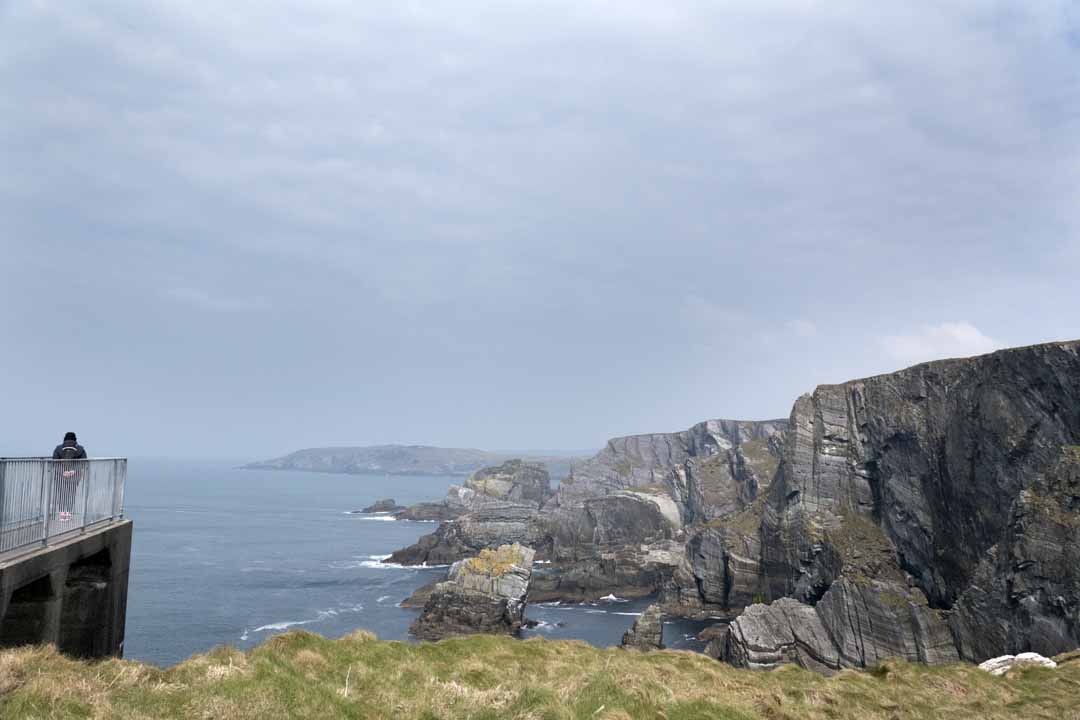
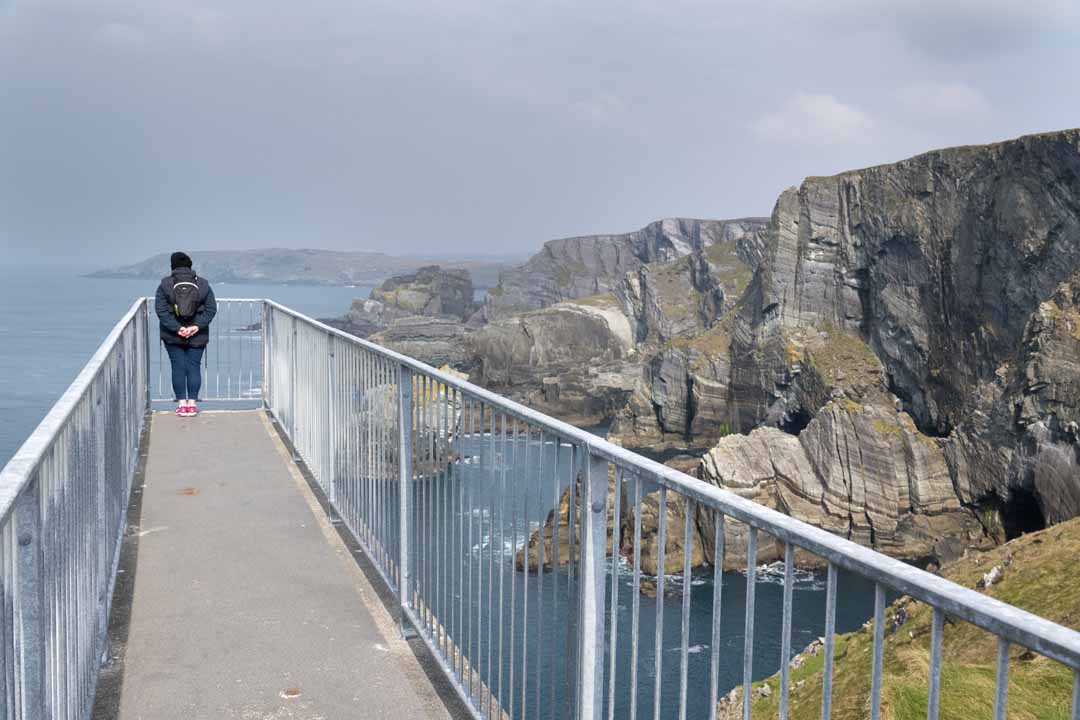
Mizen Bridge
Mizen Bridge
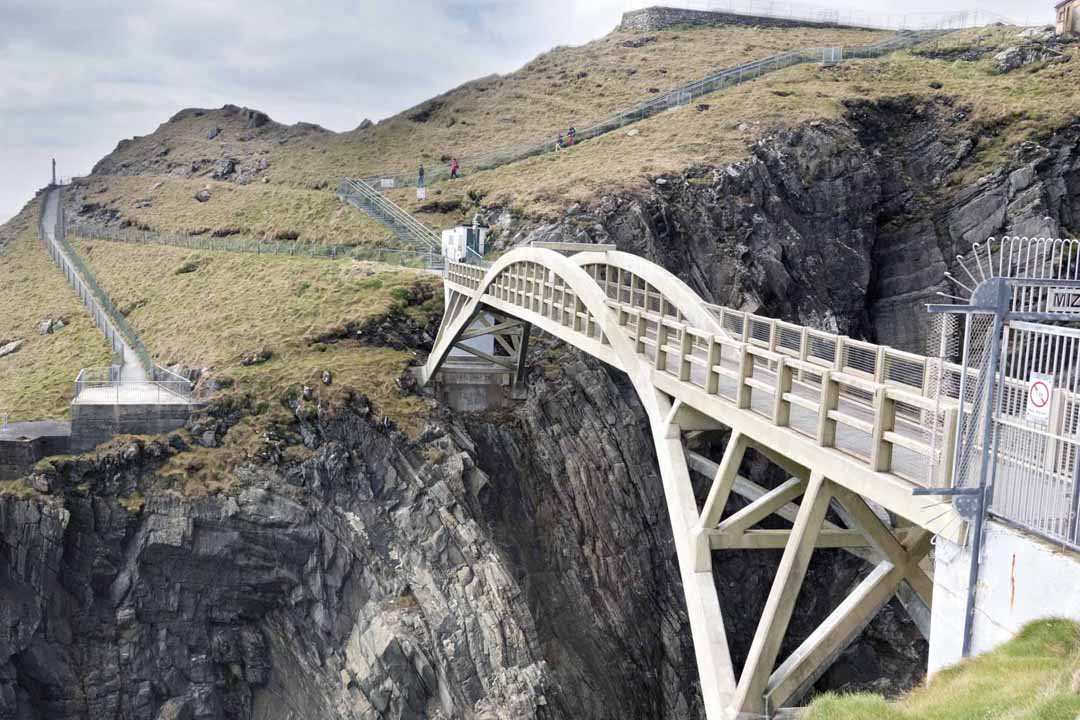
The active focal plane of the structure is 55 meters with a 4 meter octagonal cylindrical stone tower attached to a one-story rectangular fog signal building. all painted white.
The active focal plane of the structure is 55 meters with a 4 meter octagonal cylindrical stone tower attached to a one-story rectangular fog signal building. all painted white.
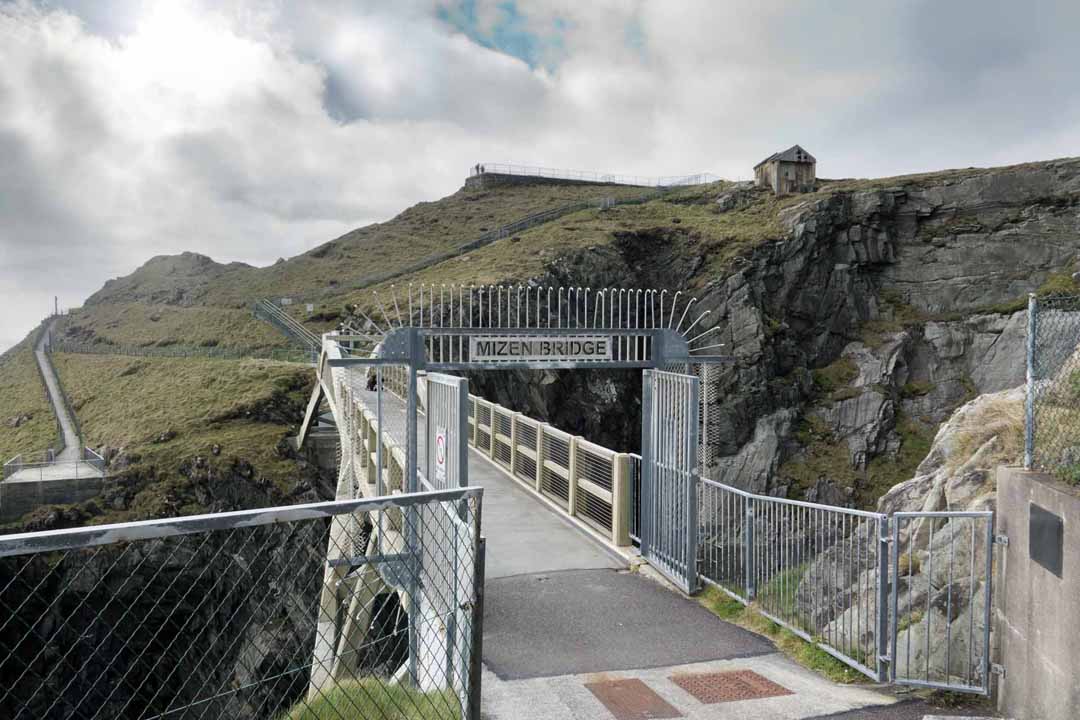
In 1931, Mizen Head Signal Station had the first radio beacon in Ireland, providing a navigation aid to shipping.
In 1931, Mizen Head Signal Station had the first radio beacon in Ireland, providing a navigation aid to shipping.
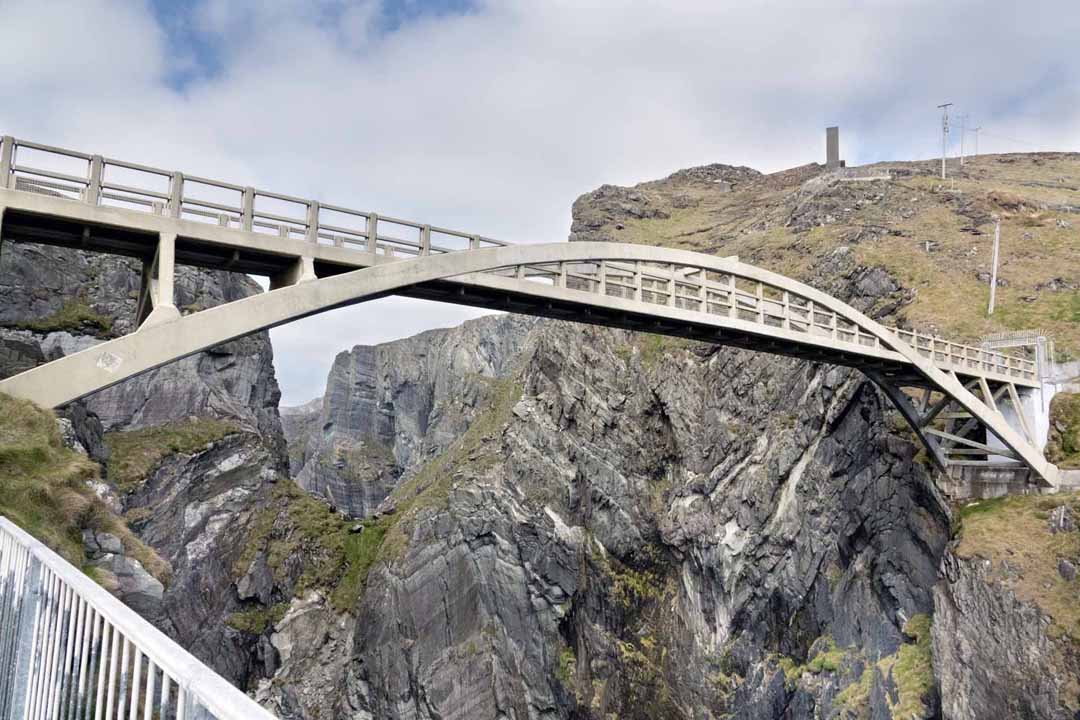
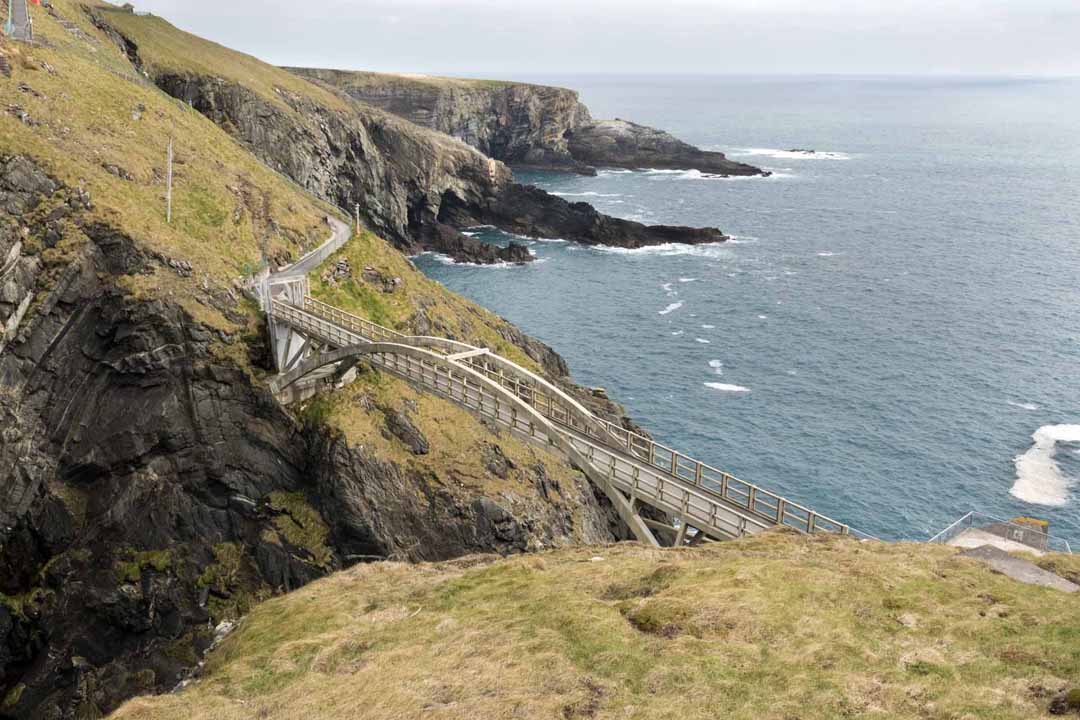
Some paths are steep, but all lead to spectacular views
Some paths are steep, but all lead to spectacular views
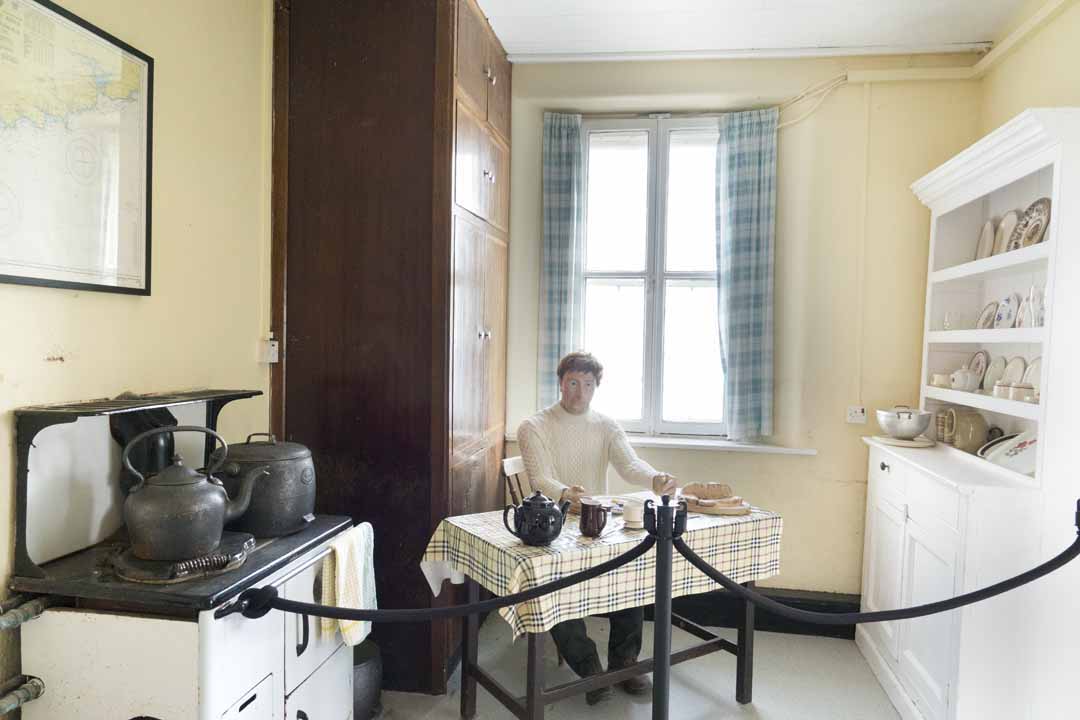
Mizen Head Signal-Station has an award-winning maritime Museum and Heritage Attraction.
Mizen Head Signal-Station has an award-winning maritime Museum and Heritage Attraction.
Fastnet Rock Lighthouse
Fastnet Rock Lighthouse
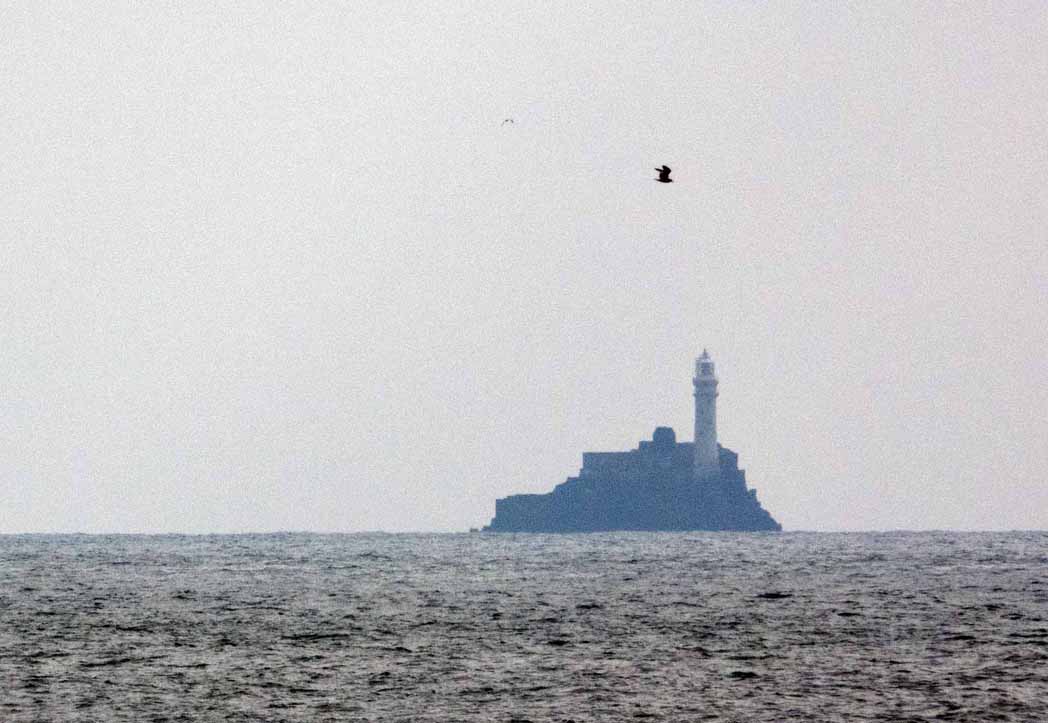
Fastnet Rock Lighthouse, Ireland’s Teardrop, was the last landfall seen by many emigrants to America and one of Marconi’s first telegraph stations. The second Fastnet lighthouse, which can be seen just 9 miles from Mizen Head, marks a jagged pinnacle of rock, which rises from the sea bed, and prior to its being surmounted by an earlier lighthouse, created a serious hazard to shipping using the traditional Atlantic sea-routes to and from North America and Canada.
Fastnet Rock Lighthouse, Ireland’s Teardrop, was the last landfall seen by many emigrants to America and one of Marconi’s first telegraph stations. The second Fastnet lighthouse, which can be seen just 9 miles from Mizen Head, marks a jagged pinnacle of rock, which rises from the sea bed, and prior to its being surmounted by an earlier lighthouse, created a serious hazard to shipping using the traditional Atlantic sea-routes to and from North America and Canada.
The first Fastnet lighthouse, which was of cast-iron construction was designed by George Halpin, Engineer to the Irish Lighthouse Service of the period, and was completed in the year 1853. However, the ability of this tower to withstand the severe winter weather conditions experienced in the exposed sea area was a cause for concern, as a similar cast-iron tower on the neighbouring Calf Rock had been destroyed in a great storm in the Winter of 1881. Consequently, in 1891, the Commissioners of Irish Lights decided that due to the extremely dangerous location of the Fastnet Rock, Halpin’s Tower should be replaced.
The first Fastnet lighthouse, which was of cast-iron construction was designed by George Halpin, Engineer to the Irish Lighthouse Service of the period, and was completed in the year 1853. However, the ability of this tower to withstand the severe winter weather conditions experienced in the exposed sea area was a cause for concern, as a similar cast-iron tower on the neighbouring Calf Rock had been destroyed in a great storm in the Winter of 1881. Consequently, in 1891, the Commissioners of Irish Lights decided that due to the extremely dangerous location of the Fastnet Rock, Halpin’s Tower should be replaced.
Accordingly, William Douglass, Engineer-in-Chief of Irish Lights at the time, designed a replacement tower of stone composition and innovative design. Work began on the construction of the new Cornish granite tower in 1896 and eight years later, on 27th June 1904, its powerful new light was established for the first time with spectacular success.
Accordingly, William Douglass, Engineer-in-Chief of Irish Lights at the time, designed a replacement tower of stone composition and innovative design. Work began on the construction of the new Cornish granite tower in 1896 and eight years later, on 27th June 1904, its powerful new light was established for the first time with spectacular success.
Guglielmo Marconi
Guglielmo Marconi
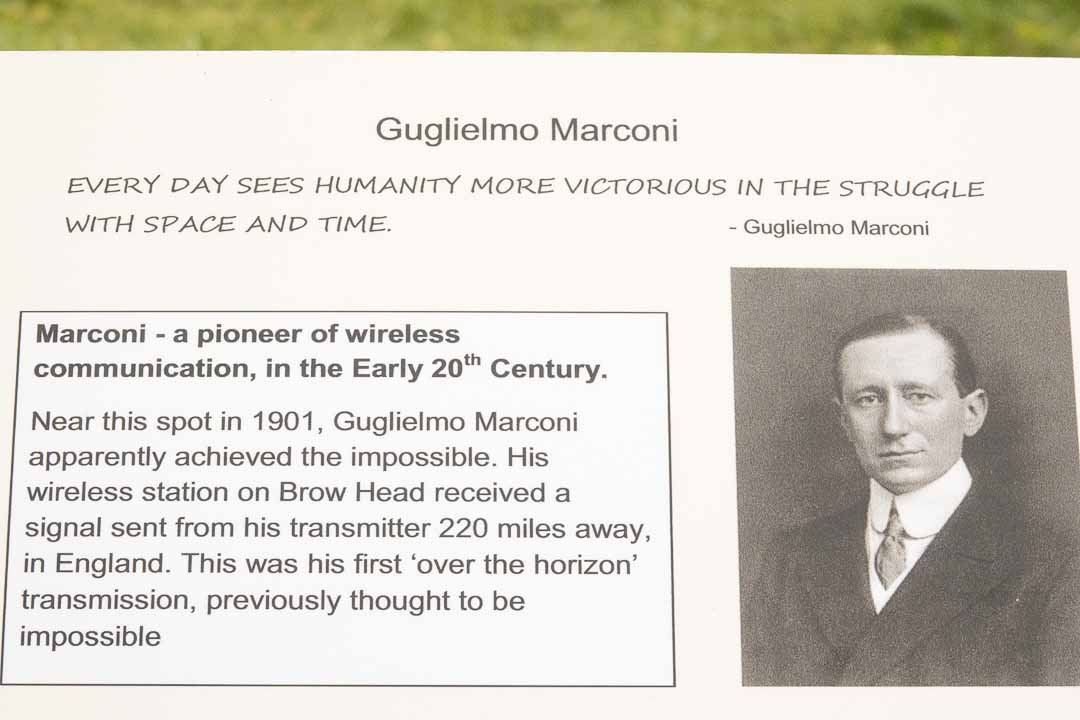
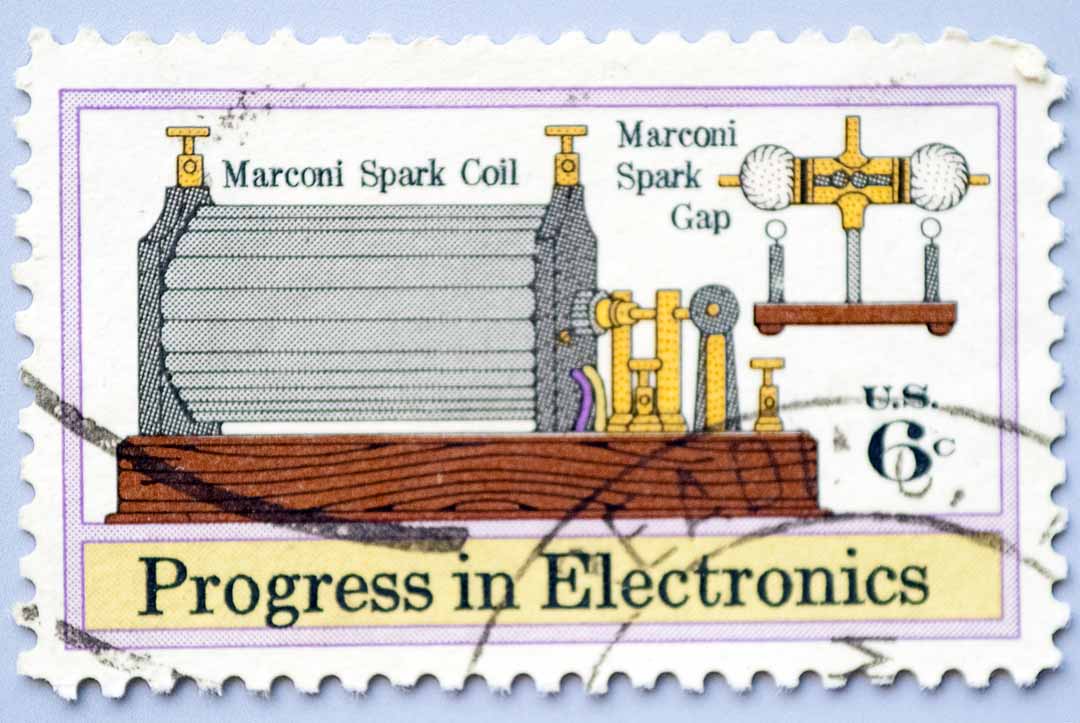
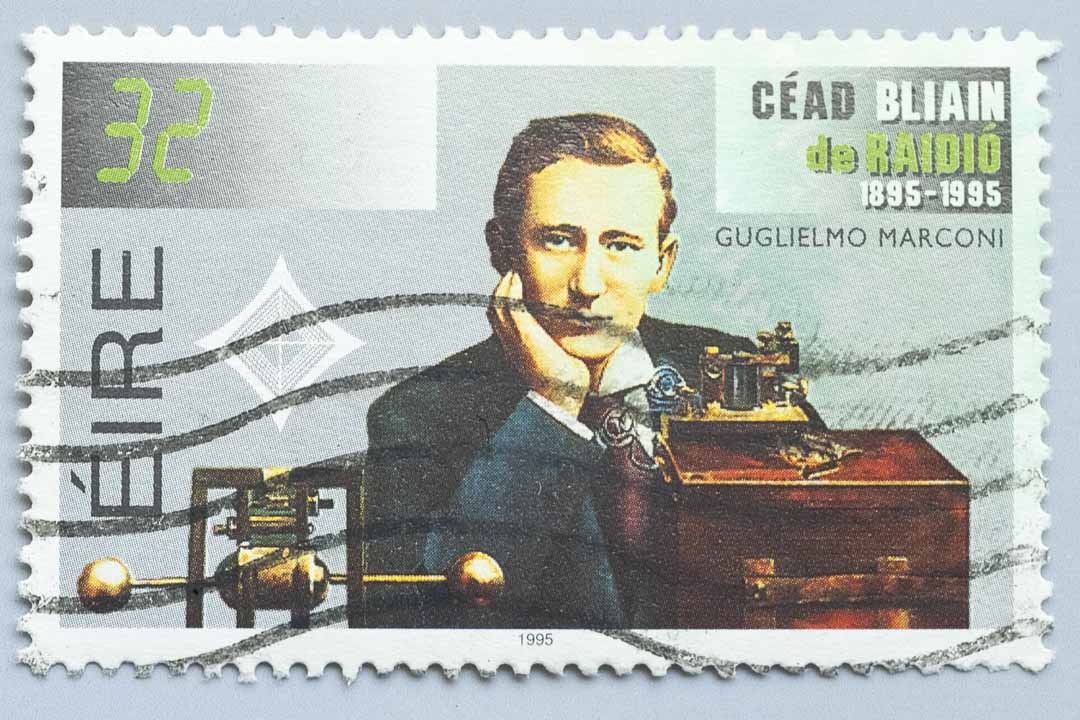

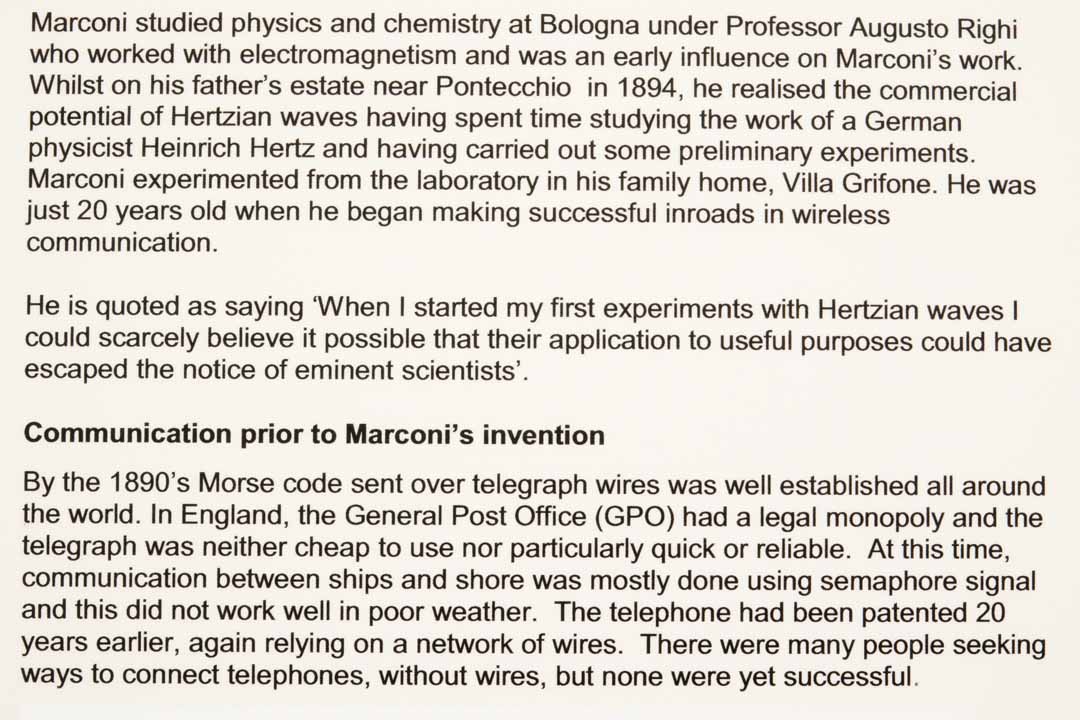
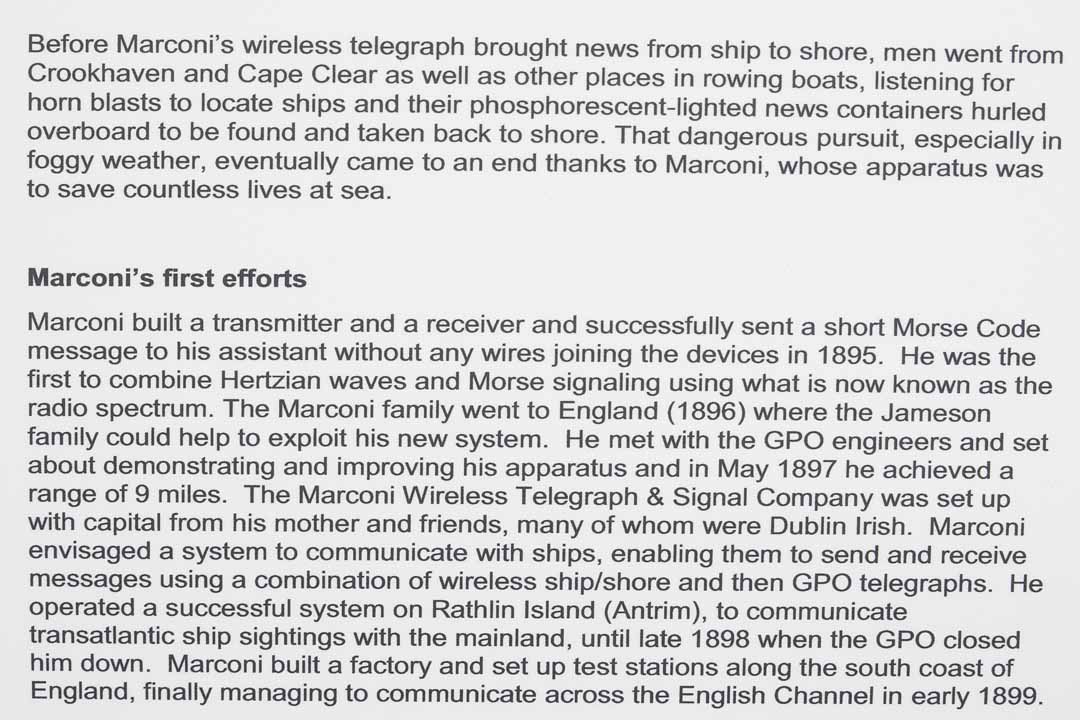
Guglielmo Marconi
Guglielmo Marconi
Guglielmo Marconi, 1st Marquis of Marconi was an Italian inventor and electrical engineer, known for his pioneering work on long-distance radio transmission, development of Marconi’s law, and a radio telegraph system. Wikipedia
Guglielmo Marconi, 1st Marquis of Marconi was an Italian inventor and electrical engineer, known for his pioneering work on long-distance radio transmission, development of Marconi’s law, and a radio telegraph system. Wikipedia
